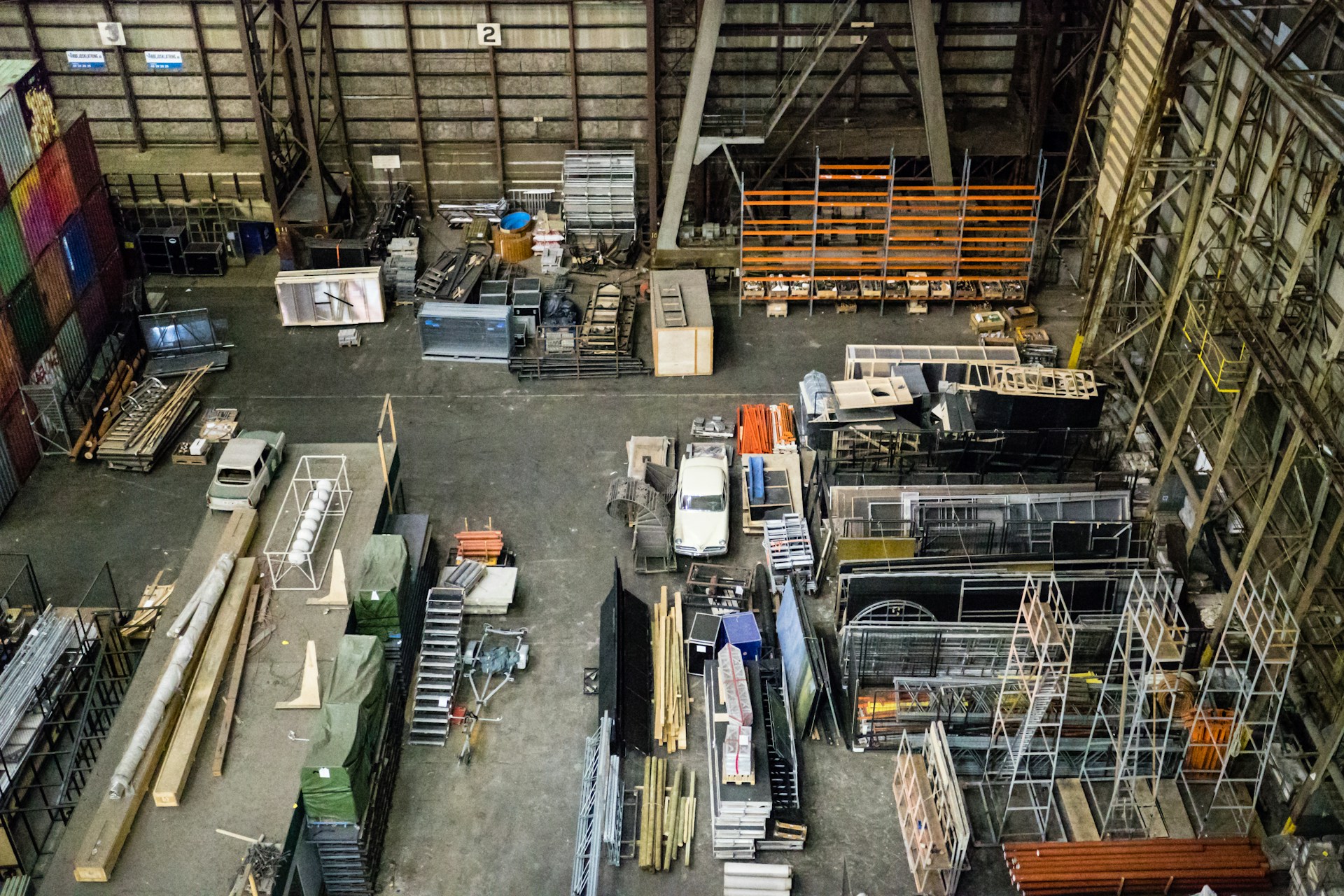Astounded at how quickly a month passes by, I realize how this experience will pass. I’m already in the last weeks of my apprenticeship with Sayun, my Atayal weaving teacher, and I’m worried I haven’t given her enough from this exchange.
January zipped by and it’s finally feeling like the holidays. Here winter break takes place for the Lunar New Year, and everyone is about to leave the cities for their hometowns. As for me, I am preparing for another big change, when I leave this northern urban landscape for the rural south, at Tainan National University of the Arts. I’m looking forward to this change of scenery, for the hermetic life of studio practice in the mountains, but I am not ready to say goodbye to Taipei.
I’m finally feeling acquainted with my surroundings. Walking the winding streets this morning, I realized how much I’ve come to love these narrow alleyways and the wild potted plants that line every balcony and street corner, window sill and door way. And I think, I finally understand my mother’s landscaping aesthetics — resourceful and bountiful.
When not weaving or writing, I find myself reading at neighborhood cafes. Recently, an elderly lady, perhaps in her late seventies, situated herself across from me. I found her to be enchanting, the way she would sip on her coffee and close her eyes to cherish each mouthful. She was in stark contrast to the young crowd composed that day of expats and graphic designers, scrolling on their phones and clicking away on their MacBooks. When she finished, she finally looked up at me, and asked me what I was reading. A History of Walking by Rebecca Solnit. Surprised it was in English, we began to talk about what brought me to Taiwan. Sharing a passion for art, she was enthused that I was pursuing a career in the arts, bemoaning how rigid, us, Han Chinese, are encouraged to be. She had an insatiable appetite to constantly learn and encouraged me to go see the world. And with a hopeful blessing, she walked away.It is strange how these insignificant encounters brighten your mood, how a chance conversation, a brief humanistic exchange can alter the course of your day, your month, your year, as it did with Sayun, when we realized our mutual connection in Mamei, the graduate student that lived with her ten years ago, whose graduate thesis I consumed to write my Fulbright application over a year and a half ago.
As deadlines for the 2018-2019 academic year are fast approaching, I am torn between wandering outside or cowering behind this laptop drafting one after another of statement of intents. A part of me is tired of this relentless planning for the next thing, and I just want to be here, absorbed in the present before it passes me by. I’m aware that these written statements are empty without those meandering moments outdoors.
To prepare to write this book on walking, Solnit went for a walk, recounting, “My circuit was almost finished, and at the end of it I knew what my subject was and how to address it in a way I had not six miles before. It had come to me not in a sudden epiphany but with a gradual sureness, a sense of meaning like a sense of place.”
As a non-specialist, I spread myself thin, like the many hats I slip into, my protean identity, my manifold interests allow me to draw connections and recognize patterns across cultures, across fields of study. Battling imposter syndrome, perhaps I claim this place of non-specialist, because I have never belonged to any immaculate identity.
And as an outsider, I have the privilege of seeing from another perspective. When I was young, this was a curse, like giving birth to twelve daughters before a son was a curse, as it was for my great-grandmother. But the fire in me refuses to accept a curse as a curse; if it is curse, I want to willfully claim it. I am not passive in this exchange, and perhaps this is why I’ve thrown myself into this traditionally feminine craft, one that in the past, women had no choice but to weave until her hands were dyed and calloused. And according to Seediq lore, if she was accused of stealing ramie thread, rather than spinning her own, society deemed it morally elevated that she commit suicide to show that she in fact did not steal another woman’s thread. When this story was shared with me, it was in an effort to underscore how precious thread was, but my reaction was to lament the little value that is ascribed to female life, cross cultures and time.
But I still see the beauty in this slow production of cloth, and although it is not a romantic vision of utopia, there is still something to be said for this line of work and a reason why I keep gravitating towards “feminine” craft. If I work from this historically disenfranchised and restrained space, can I return respect and reverse these attitudes of scorn and neglect? If I soak here in this goo goo, will I find a sense of meaning, a sense of place, a sense of responsibility to make those of us on the margins heard after having been suppressed by the dominant narratives of the “imperialist-white-supremacist-patriarchy,” as bell hooks puts it? I hope so.










